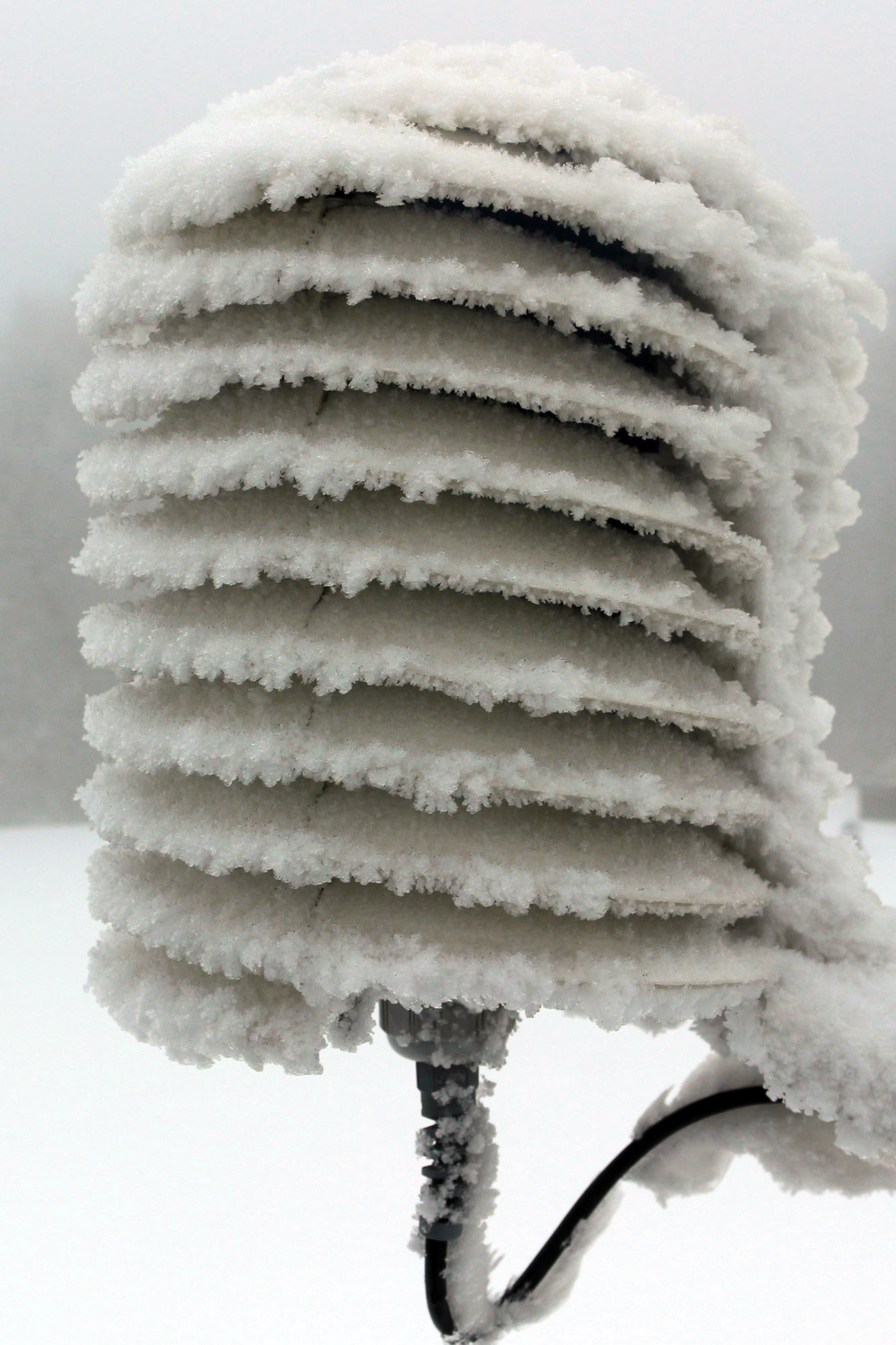What Benefits Does IoT Bring to the World of Meteorology?
/Smart-city weather station for Resilient-cities initiatives
Due to IoT, the cost of wireless sensor systems and meteorological weather stations has come down slightly for the following reasons:
Wireless modem costs have been reduced.
Power consumption of wireless data transmission has been reduced creating a chain reaction with the cost benefits of smaller electronics, smaller battery and smaller solar panel requirements.
What has not changed is the know-how required to produce high quality measurements. This know-how and its attention to detail from years of R&D differentiates the “random-number generators” from real measurement systems.
Despite the hype of big data, AI and advanced statistical methods, the early adopters of low-cost weather stations and meteorological sensors from most startup companies and agricultural sensor manufacturers have been, for the most part, dissapointed.
A second wave of IoT sensor adoption is upon us as researchers, smart-city managers and resilient-city initiatives are beginning to replace the first wave of low-cost meteorological sensors. High quality professional meteorological sensors are being introduced with the goal of maintaining long-term measurement stability in all weather conditions. After all, global warming is happening on a scale of about 0.01 °C (0,018 °F) per year, which is deeply withing the noise of short-term measurement. Thus long-term stability of measurement is critical to creating accurate climatic data sets.
New technologies on the forefront of professional IoT sensors include the MeteoHelix® IoT Pro micro-weather stations which are designed based on years of measurement experience of BARANI DESIGN Technologies.






